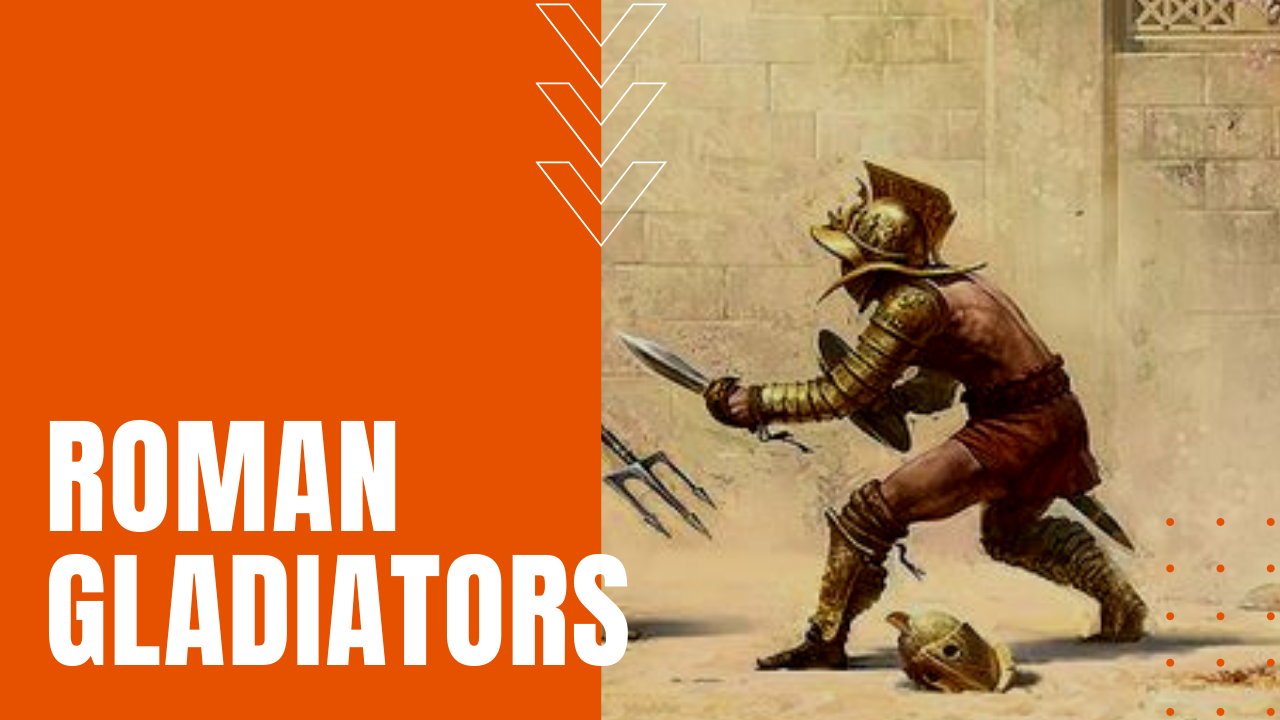Roman Gladiators of the Colosseum

While early Roman gladiators were mostly made up of conquered people and slaves who had committed crimes, the demographics began to shift in the 1st century A.D., when men—and some women—were lured into arenas for the thrill of battle and the roar of bloodthirsty crowds.
Gladiator School
Gladiator schools became commonplace, and while early gladiators fought to the death, promoters soon added referees to stop fights after a victor became clear, due primarily to the high cost of housing, feeding and training a gladiator.
Acting as a crude substitute for human sacrifice, gladiators got their start when aristocratic Roman families held funeral bouts between slaves or condemned prisoners at gravesites, under the peculiar belief that the spilled blood of others helped sanctify the dead person’s soul.
Julius Caesar amplified the concept of funeral games by way of honoring the passing of his father and daughter, when he staged mass bout of hundreds of gladiators at one time, which soon curried favor with the masses, turning the blood sport of gladiators into a no holds barred precursor to the MMA fighters of today.
Rome’s Gladiator Colosseum
By the time the Colosseum opened in 80 A.D., fighters were classified based on their record, skill level and experience, further stratified by a wide range of fighting styles and defined sets of weaponry, including sword and shield contests, battles on horseback and chariot riders yielding two swords at once.
9,000 animals were slain during the 100-day celebration marking the opening of the Colosseum, while Christians and convicted criminals were frequently pitted against intentionally-starved dogs, lions and bears as part of a day’s gladiatorial entertainment. Dismissed as brutes by Roman historians, gladiators became the rock stars of their day to the lower classes.
Portraits of famous gladiators graced the walls of public places, while children played with gladiator action figures made of clay. Many women were drawn to gladiators, where one Pompeiian inscription describes one fighter who “catches the girls at night in his net,” and another who is “the delight of all the girls.” Women wore jewelry dipped in gladiator blood and sweat as a form of aphrodisiac, making the gladiators of ancient Rome, a brutal antecedent to the contact sports of today.
